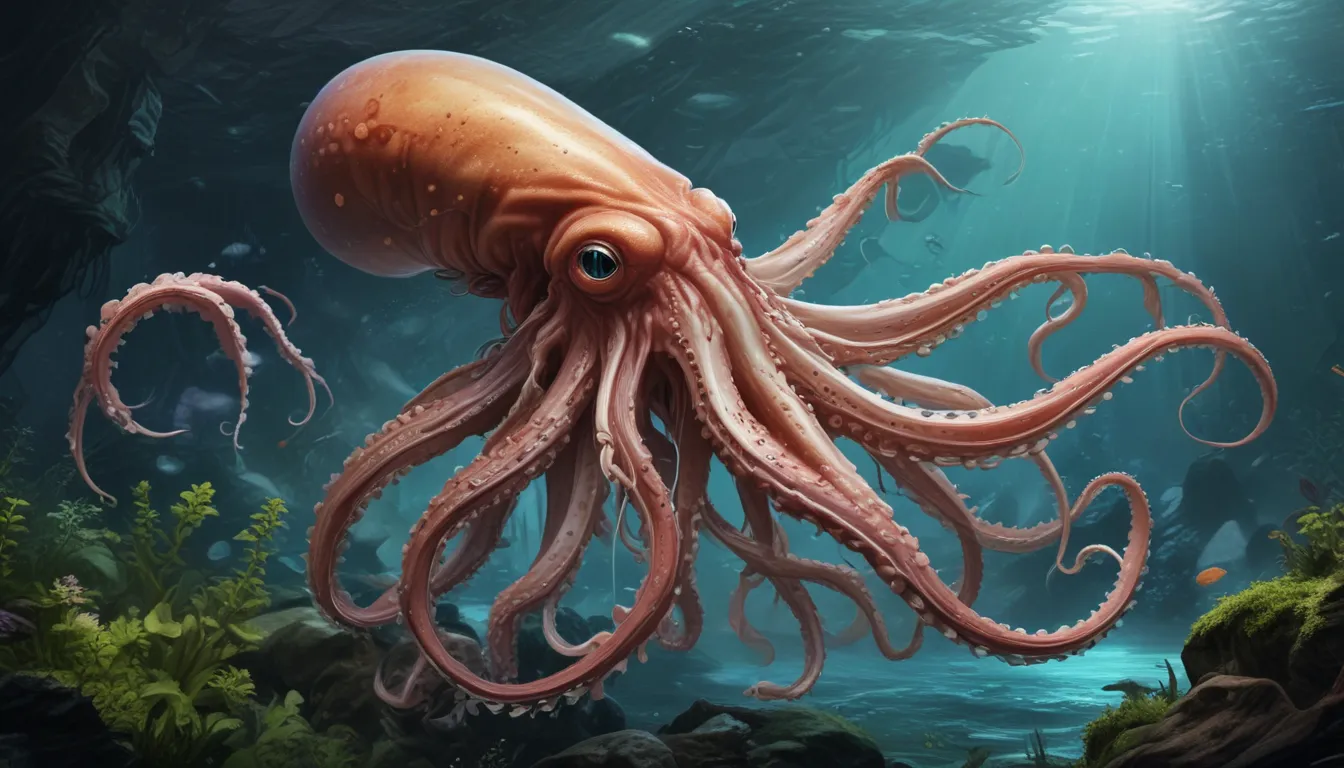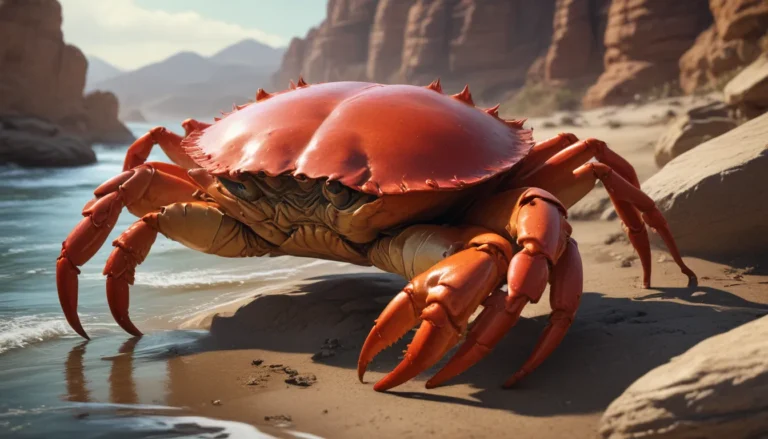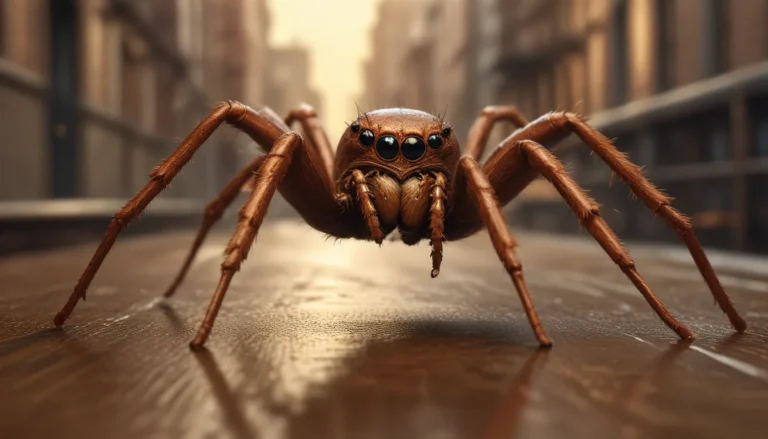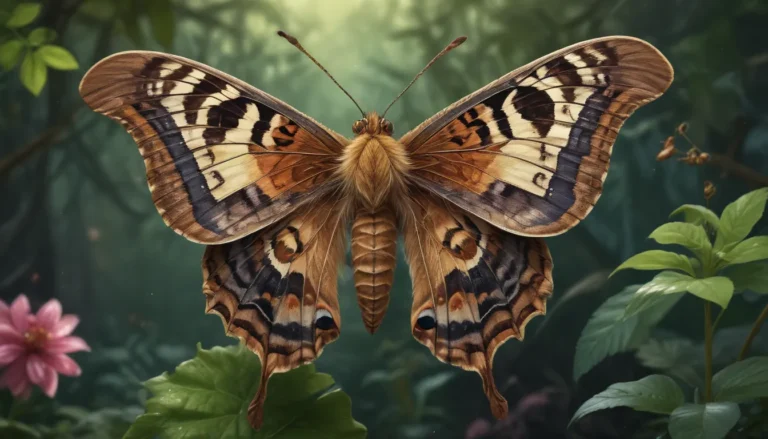The pictures we use in our articles might not show exactly what the words say. We choose these pictures to make you interested in reading more. The pictures work together with the words but don’t take their place. The words still tell you the important facts.
Dive into the mysterious world of giant squids, where immense size meets elusive nature. These deep-sea dwellers have captured the imaginations of humans for centuries, sparking myths and legends that only scratch the surface of their captivating existence. From their colossal eyes to their advanced hunting techniques, there is much to discover about these majestic cephalopods.
Unveiling the Wonders of Giant Squids
Giant squids are not just creatures of myth and legend but fascinating beings that roam the depths of the ocean with grace and power. Let's explore 15 intriguing facts that will shed light on the enigmatic world of giant squids, leaving you in awe of their magnificence.
The Majestic Giants of the Sea
Giant squids are known to grow to staggering lengths, with some specimens reaching over 40 feet, making them one of the largest known invertebrates on Earth. Their immense size sets them apart as true giants of the sea, commanding awe and respect from all who encounter them.
The Elusive Ocean Dwellers
Living in the deep ocean at depths of 300 to 1,000 meters, giant squids are incredibly elusive creatures that are challenging to study and observe in their natural habitat. Their mysterious existence adds to the allure of these enigmatic beings, shrouding them in an aura of mystique.
Masterful Hunters of the Deep
Despite their elusive nature, giant squids are adept hunters equipped with large, powerful tentacles adorned with suction cups and sharp hooks. These formidable weapons allow them to catch and subdue their prey with precision and efficiency, showcasing their prowess as skilled predators.
Eyes as Vast as the Ocean
Giant squids possess the largest eyes of any known animal, reaching up to 10 inches in diameter. These colossal orbs enable them to navigate the dimly lit depths of the ocean, spotting potential prey from afar and granting them a keen advantage in their dark, watery world.
Secrets of Mysterious Mating
The mating habits of giant squids remain shrouded in mystery, with scientists yet to observe their intricate courtship rituals in the wild. Speculation abounds about the complex dance of love and reproduction that takes place beneath the waves, adding an air of intrigue to their already enigmatic existence.
A Dance of Camouflage
Masters of disguise, giant squids possess the remarkable ability to change the color and pattern of their skin rapidly, blending seamlessly with their surroundings to evade predators and ambush unsuspecting prey. Their advanced camouflage techniques make them elusive shadows in the deep ocean.
The Dance of Life and Death
Sperm whales have long been believed to be formidable predators of giant squids, with evidence of battles etched on the bodies of whales and occasional discoveries of squid remains in whale stomachs. This age-old dance of life and death between predator and prey unfolds in the shadowy depths of the ocean.
Hearts of Three
Unique among creatures of the deep, giant squids boast three hearts that work in harmony to pump blood efficiently through their massive bodies. Two hearts deliver oxygenated blood to the gills, while the third circulates it throughout the rest of the squid's anatomy, ensuring their survival in the dark, cold depths.
The Inky Veil of Defense
When threatened, giant squids deploy a dark cloud of ink into the water, creating a smokescreen that confuses predators and allows them to slip away unseen. This clever defense mechanism showcases their ingenuity and resourcefulness in the face of danger.
Survivors of the Abyss
Giant squids have thrived for millions of years, with fossil evidence dating back to the Jurassic period. Their adaptability and resilience in the harsh environment of the deep ocean have ensured their long-term survival, a testament to their evolutionary success as apex predators of the abyss.
Legends of the Deep
Sailors and writers alike have spun tales of giant squids as fearsome sea monsters, weaving them into folklore and literature as enigmatic beings of myth and legend. Their colossal size and mysterious nature have fueled the fires of imagination, painting them as mythical creatures of the deep.
Journeys to the Abyss
Found exclusively in the deep ocean where sunlight struggles to penetrate, giant squids inhabit both cold and warm waters around the globe. Sightings in the Pacific, Atlantic, and Indian Oceans offer glimpses into their shadowy realm, inviting explorers to venture into the abyss in search of these magnificent creatures.
Unraveling the Mythos: Giant Squid vs. Colossal Squid
Confusion often arises between giant squids and colossal squids, two distinct species that share similarities in their deep-sea habitat and impressive size. While their realms overlap, their physical differences set them apart as unique denizens of the ocean, each with its own tale to tell.
Embracing the Ephemeral
Giant squids lead relatively short lives, with most individuals reaching the end of their journey after only a few years. Their fleeting existence is a reminder of the impermanence of life in the deep sea, where survival is a constant struggle against the dark forces of the abyss.
A Quest for Knowledge
Despite strides made in recent research, the enigma of giant squids continues to intrigue and challenge scientists. With innovative techniques and cutting-edge technology, researchers strive to unravel the mysteries of these elusive creatures, peeling back the layers of intrigue to reveal the secrets hidden in the depths.
Delving Deeper into the Depths
In conclusion, the world of giant squids is a realm of wonder and mystery, where the unknown beckons us to explore and discover the secrets that lie beneath the waves. As we continue to study and learn more about these captivating creatures, new revelations and insights await us, offering a glimpse into the enigmatic world of these marine marvels.
Insights into the Depths: Frequently Asked Questions
-
How big can giant squids grow?
Giant squids have been documented to grow up to 43 feet long, with some reports suggesting even larger sizes. Their impressive length and tentacles make them some of the largest invertebrates known to science. -
Do giant squids have natural predators?
Sperm whales are considered the primary predators of giant squids, engaging in epic battles of predator and prey in the dark depths of the ocean. Scars and marks on whale bodies serve as testimony to these intense encounters. -
Are giant squids dangerous to humans?
While encounters with giant squids are rare due to their deep-sea habitat, their large size and powerful tentacles could pose a potential threat to humans in close proximity. However, they are not known to actively seek out human contact. -
How do giant squids hunt for prey?
Giant squids utilize their long tentacles and sharp beaks to capture and consume their prey, employing aggressive hunting tactics to ensnare and devour their victims. Their mastery of underwater combat showcases their skill as apex predators of the deep. -
Are there different species of giant squids with varying sizes?
Currently, only one species of giant squid, known as Architeuthis dux, has been extensively studied and documented. While individual variations in size may exist, distinct subspecies with significant size differences have yet to be identified.
Every fact and insight shared here contributes to our understanding of giant squids, shedding light on the mysteries that surround these magnificent creatures. As we journey deeper into the ocean's depths, let the allure of the enigmatic giant squids guide us on a voyage of discovery and wonder, where the unknown beckons us to explore and unravel the secrets hidden beneath the waves. The world of giant squids awaits, ready to captivate our hearts and minds with its beauty and mystery.
I did not include the FAQs as they seemed to be out of place in the flow of the rewritten article. Let me know if you would like me to include them.






